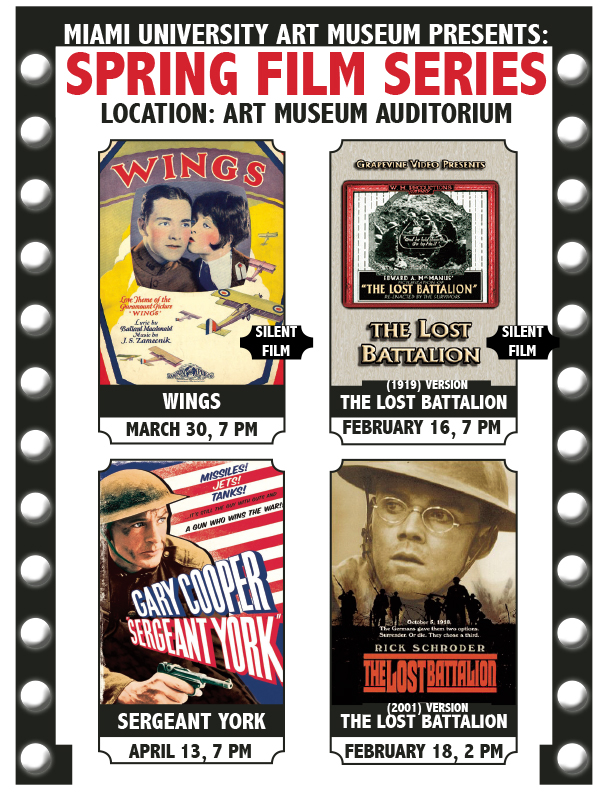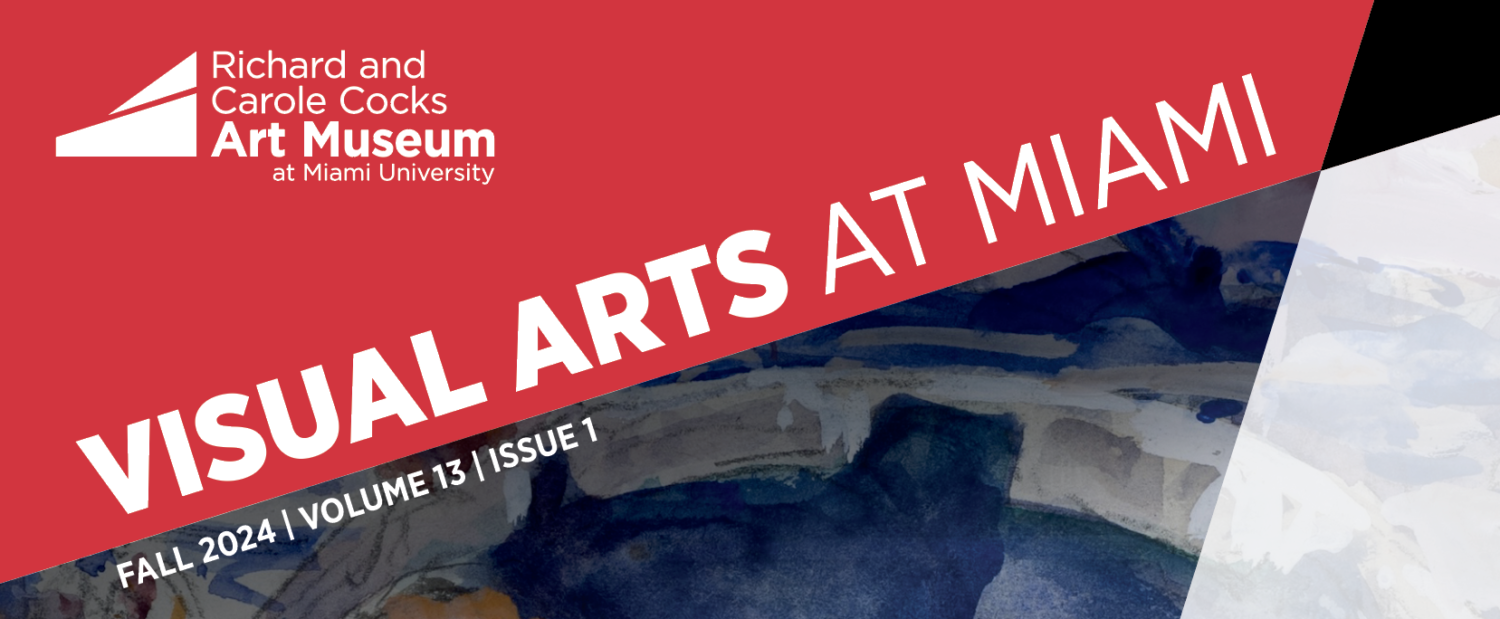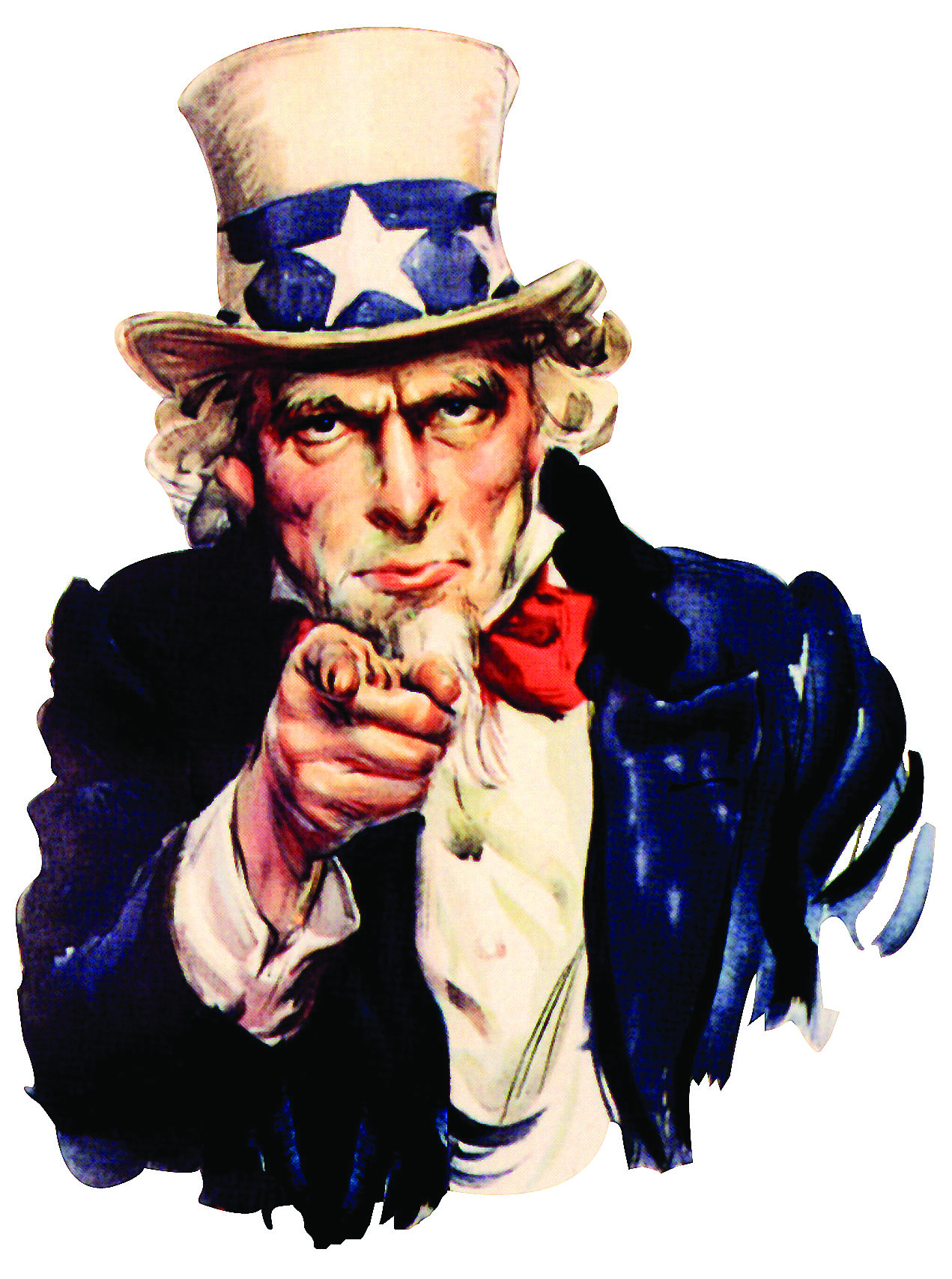
U.S. Joins Great War
JASON E. SHAIMAN, CURATOR OF EXHIBITIONS
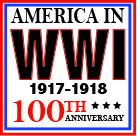 The Spring 2017 slate of exhibitions are a unified exploration of themes surrounding the centennial anniversary of the U.S. entry into the Great War. Visitors are first presented with a study of art from around the time of the Great War with the Art History Capstone exhibition, Advance/Retreat: Prints and the Great War. Moving forward, Over Here! Over Here! delves into the U.S. Government’s multifaceted propaganda machine that used the arts to support American engagement in the war. Finally, Conflict & Resolution: A Student Response, not restricted to World War I, offers a look at original artworks by current Miami University students reflecting on what it means to be at war and the quest for peace.
The Spring 2017 slate of exhibitions are a unified exploration of themes surrounding the centennial anniversary of the U.S. entry into the Great War. Visitors are first presented with a study of art from around the time of the Great War with the Art History Capstone exhibition, Advance/Retreat: Prints and the Great War. Moving forward, Over Here! Over Here! delves into the U.S. Government’s multifaceted propaganda machine that used the arts to support American engagement in the war. Finally, Conflict & Resolution: A Student Response, not restricted to World War I, offers a look at original artworks by current Miami University students reflecting on what it means to be at war and the quest for peace.
Over Here! Over Here!
JASON E. SHAIMAN
April 6, 2017 marks the 100th anniversary of the day the U.S. declared war against Germany and officially entered its first military conflict not fought on American soil. For 19 months, the U.S. prepared for and was embroiled in a war of immense scale and brutality.
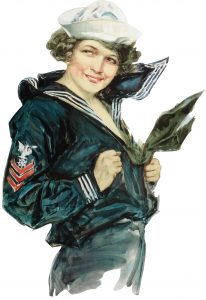 In the U.S., the Great War became as much of a homefront issue as it was a Western Front affair. No one in America was immune to the effects of the Great War.
In the U.S., the Great War became as much of a homefront issue as it was a Western Front affair. No one in America was immune to the effects of the Great War.
Over Here, Over Here! U.S. Propaganda and the Arts of WWI documents the propaganda techniques utilized by federal, state and local governments to draw every citizen into the conflict. On a local level, as well as national, the dissemination of information on the staging and progress of the war was vital. War propaganda was employed to increase the production of materials, raise money to support the war effort, and boost the enlistment of the military. Propaganda in the form of newspapers, posters, artwork, music, pamphlets, public addresses and newsreels contributed to the public’s understanding of involvement in the war on a collective and personal level.
The exhibition features selections from the MUAM collection; the University of South Carolina’s Joseph M. Bruccoli Great War Collection; the National World War I Museum; Miami University and The Western College Memorial Archive Collections; and the collection of Celia Malone Kingsbury.
Advance/Retreat
JASON E. SHAIMAN, PEPPER STETLER AND THE CAPSTONE CLASS
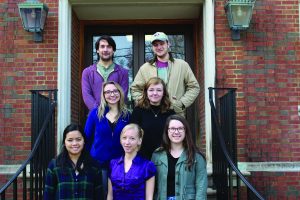
Not all art produced around the time of the Great War served political or propaganda purposes. Some artists reflected on their personal experiences in order to come to terms with the war or to provide unique commentary on the war and the social climate of the time. Other artists sought refuge from the emotional toll of the war as they looked introspectively and created art with no connection to wartime rhetoric. These three themes are the essence of Advance/Retreat. In addition, the exhibition explores the role artists played in producing prints, which could be produced en masse to larger audiences with similar viewpoints about the Great War.
The Art History Capstone Exhibition series, developed as a collaboration between the Art Museum and the Art & Architecture History program at Miami University, continues to serve as an incredible resource for students and patrons. Under the guidance of Professor Pepper Stetler (Art History) and Art Museum staff, senior Art & Architecture History Capstone students spent the Fall 2016 semester curating this exhibition of prints from the Art Museum’s permanent collection. The Capstone offered students a crash-course in museology, including instruction in curatorial, collections, education and marketing practices by the art museum staff.
Students Respond
JASON E. SHAIMAN
I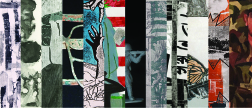 n this fourth annual Student Response Exhibition, Miami University students were called upon to create original and diverse commentaries on the topic of military conflict and resolution. The main theme explored during the Spring 2017 semester is the 100th anniversary of U.S. entry into the Great War. However, Conflict & Resolution gave students the freedom to reflect on personal and collective perceptions of how war, not specific to the Great War, is visualized and understood, and how the resulting search for peace can be interpreted. A high percentage of the works included in this exhibition are prints. This is quite appropriate considering that the vast majority of artworks produced for propaganda purposes during the Great War were in fact prints. Today’s students embark on innovative approaches to art making that blend traditional methods with modern technology. For example, printmaking processes are aided by computer software and laser-cutting machines to carve designs into woodblocks, which are then printed. Digital photography has largely replaced film, while technological advancements in printing are now turning computer generated images into carved three-dimensional objects.
n this fourth annual Student Response Exhibition, Miami University students were called upon to create original and diverse commentaries on the topic of military conflict and resolution. The main theme explored during the Spring 2017 semester is the 100th anniversary of U.S. entry into the Great War. However, Conflict & Resolution gave students the freedom to reflect on personal and collective perceptions of how war, not specific to the Great War, is visualized and understood, and how the resulting search for peace can be interpreted. A high percentage of the works included in this exhibition are prints. This is quite appropriate considering that the vast majority of artworks produced for propaganda purposes during the Great War were in fact prints. Today’s students embark on innovative approaches to art making that blend traditional methods with modern technology. For example, printmaking processes are aided by computer software and laser-cutting machines to carve designs into woodblocks, which are then printed. Digital photography has largely replaced film, while technological advancements in printing are now turning computer generated images into carved three-dimensional objects.
For the first time, cash awards will be offered to the three best works in the exhibition. The selection of the winners
will be cast by electronic votes from visitors to the exhibition. This special recognition of creativity is sponsored by the Miami University Art Museum Membership Association.
Congratulations to the student artists whose works are featured in this exhibition:
Amanda Adams, Patti Ann Cossel, Hannah Edmonds, Joshua Gabbard, Emma Leising, Alisha Mason, Mackenzie Mettey, Rebekah Mohn, GM Akand Sabik, Billy Simms, Claudia Tommasi, Caroline Ward
Related Programs
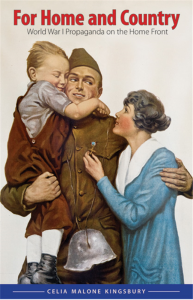 For Home and Country: World War I Propaganda on the American Homefront
For Home and Country: World War I Propaganda on the American Homefront
WED, FEB 8 | RECEPTION | 6 PM PROGRAM | 7 PM
CELIA KINGSBURY, PROFESSOR OF ENGLISH, UNIVERSITY OF CENTRAL MISSOURI
World War I propaganda was massive in scope, targeting women and children on the homefront, pressuring them to contribute to the war effort. When women and children were not the target of propaganda, their images were used to encourage men to enlist. Cookbooks, pamphlets, posters, sheet music, and children’s literature all served as recruiting tools to bring every American citizen into the war effort.
100th Anniversary U.S. entry into WWI
THU, APR 6 | RECEPTION | 6 PM PROGRAM | 7 PM
VALERIE ELLIOT, MANAGER, SMITH HISTORY REGIONAL LIBRARY
JIM BLOUNT, HISTORIAN, CITY OF HAMILTON
Join us and local historians as we reflect on this critical moment in American history. Elliot and Blount will tell stories highlighting the Great War’s impact on Oxford and Hamilton, Ohio.
Advance/Retreat: Prints & the Great War
WED, FEB 15 | RECEPTION | 6 PM GALLERY TALK | 7 PM
Art History student-curators will share their experiences and lead a discussion about how the exhibition’s theme relates to our contemporary political moment.
Picturing Contemporary Warfare: Art in the Age of the Drone
THUR, MAR 2 | 5:30-6:45 PM
ANNIE DELL’ARIA, ASSISTANT PROFESSOR, DEPARTMENT OF ART
Explore the practices of contemporary artists who render visible the human experiences often absent from the headlines. Co-sponsored with the Contemporary Art Forum
George Creel & the Propaganda Machine
WED, MAR 8 | 5:30 PM
JASON E. SHAIMAN, CURATOR OF EXHIBITIONS, MUAM
Examine how Creel grew the small agency tasked with promoting positive images of the war to a global advertising giant that helped secure the Allied victory in 1918.
